As winter sets in, the roads get trickier with the onset of snow, ice, and darker nights. It can make driving a challenging task for electric car owners. At CheapElectricCars.co.uk we’re here to help, with essential tips to keep you safe this winter.
Carry Out Regular Winter Car Care Checks
Before each trip, ensure your vehicle is in good condition. Check tyre pressures, battery life, and fluid levels. Electric cars might behave differently in cold weather too, so pay attention to battery performance and range which will decrease in the colder months.
Preconditioning and Defrosting
Leaving your car unlocked to defrost is not an environmental hazard with an electric car as it is with an internal combustion engine one. But leaving your car unlocked can increase the risk of car theft, and if your car is stolen during the defrosting process, many insurance companies won’t cover your loss.
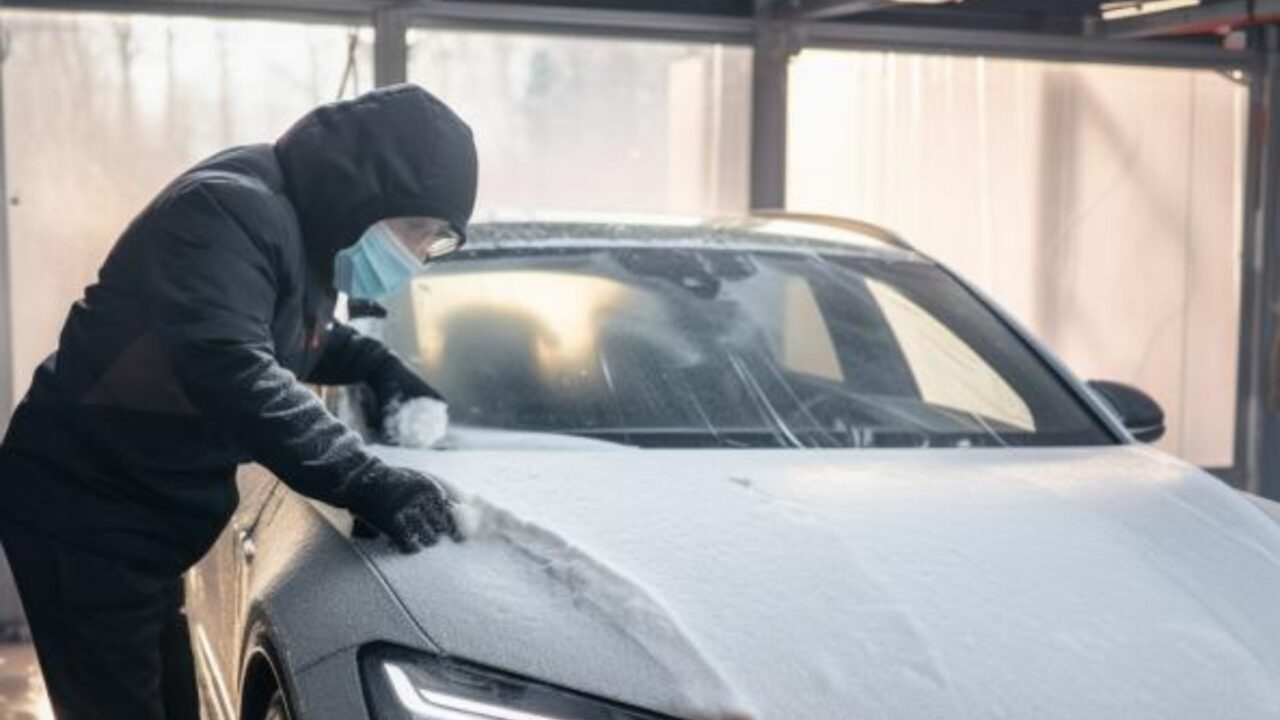
Make sure you know how to use your windscreen demister and heaters correctly by checking the car’s user manual.
Be Careful when Clearing your Windscreen
If you haven’t been able to get your preconditioning sorted in time, using boiling water on the windscreen is not a good idea as it can lead to cracks from the sudden temperature change.
Driving with an obstructed view due to snow, ice, or condensation can be dangerous. It can also leave you at risk of a fine of £1,000 and three penalty points on your licence.
Regularly Check your Tyres
Each faulty tyre can result in a £2,500 fine and three penalty points. This can be particularly more severe for commercial vehicle drivers, as their employers could face penalties of up to £20,000.
Check your tyres regularly to avoid these hefty fines, but more importantly, to keep you safe on the roads.
Remember that the 1.6mm tread depth is a legal minimum but your grip reduces when you have less than 3mm so consider changing your tyres for winter driving if you are nearing this depth.
Make Sure your Number Plate is Visible
It is easy for mud and grit to cover your number plate during winter. However, a dirty number plate can lead to a £1,000 fine, as it must be visible at all times.
What to do if you have a Flooded Road
Driving through floods can be risky with your EV just as with an EV. Some insurance policies explicitly exclude cover for water damage if the driver knowingly goes through a flooded area. This could lead to significant out-of-pocket expenses for repairs.
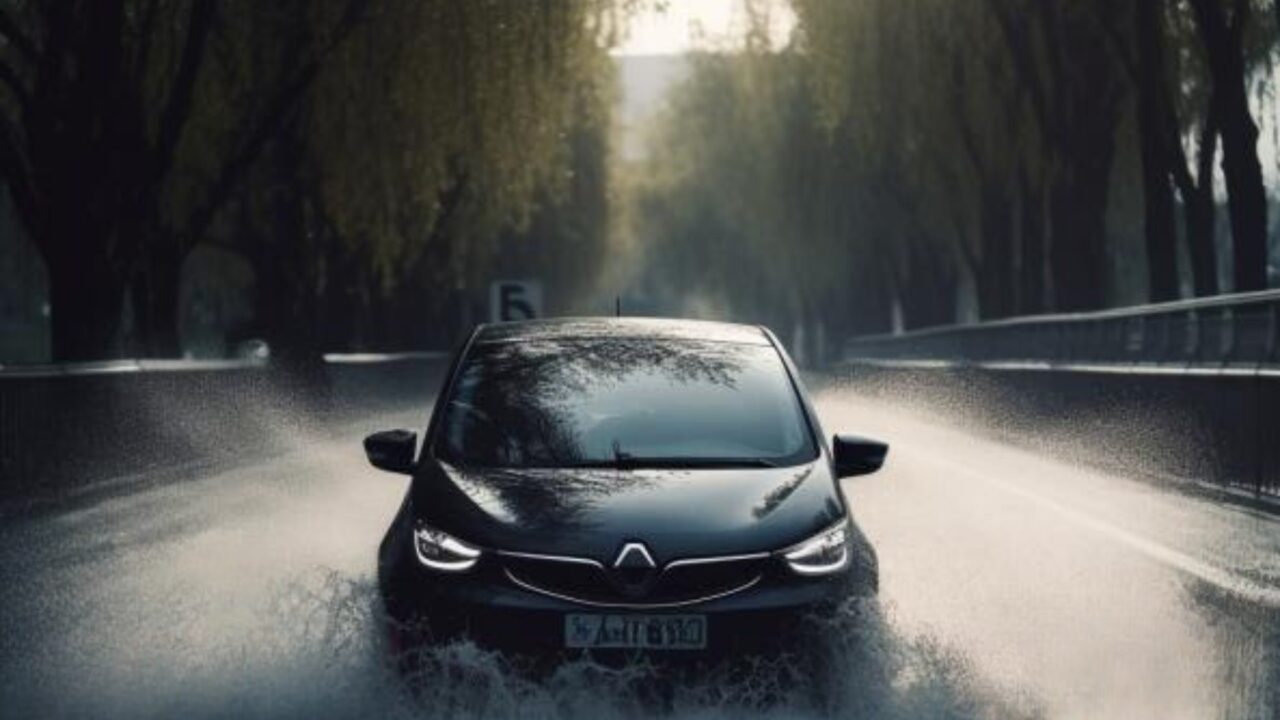
Be Considerate of Pedestrians
Driving through puddles near pedestrians and soaking them can result in a £100 fine and three penalty points. In severe cases, where it’s deemed as driving without reasonable consideration for others, fines can escalate up to £5,000.
Mobile Phone and App Usage
Since March 2022, it’s illegal to use a handheld mobile phone while driving for any reason other than emergencies. Also, incorrect placement of hands-free devices can obstruct your view, leading to three penalty points and a £100 fine, which can increase to £1,000 if the case goes to court.
You should place any devices in a holder in the bottom right corner of the windscreen for optimal visibility but ensure it is at the bottom of your windscreen and does not block in any way, your view of the road, any of the controls in your car, any of your mirrors or the airbag.
Sat Nav Precautions
Adjusting your navigation settings while driving is a serious offence similar to using your phone. If caught setting or changing your destination while driving, you face six penalty points and a £200 fine, which can escalate to £1,000.
Plan Your Routes in Advance
Pre-program your routes to avoid roads known for being particularly hazardous in winter. Use real-time traffic updates to stay informed about road conditions and closures.
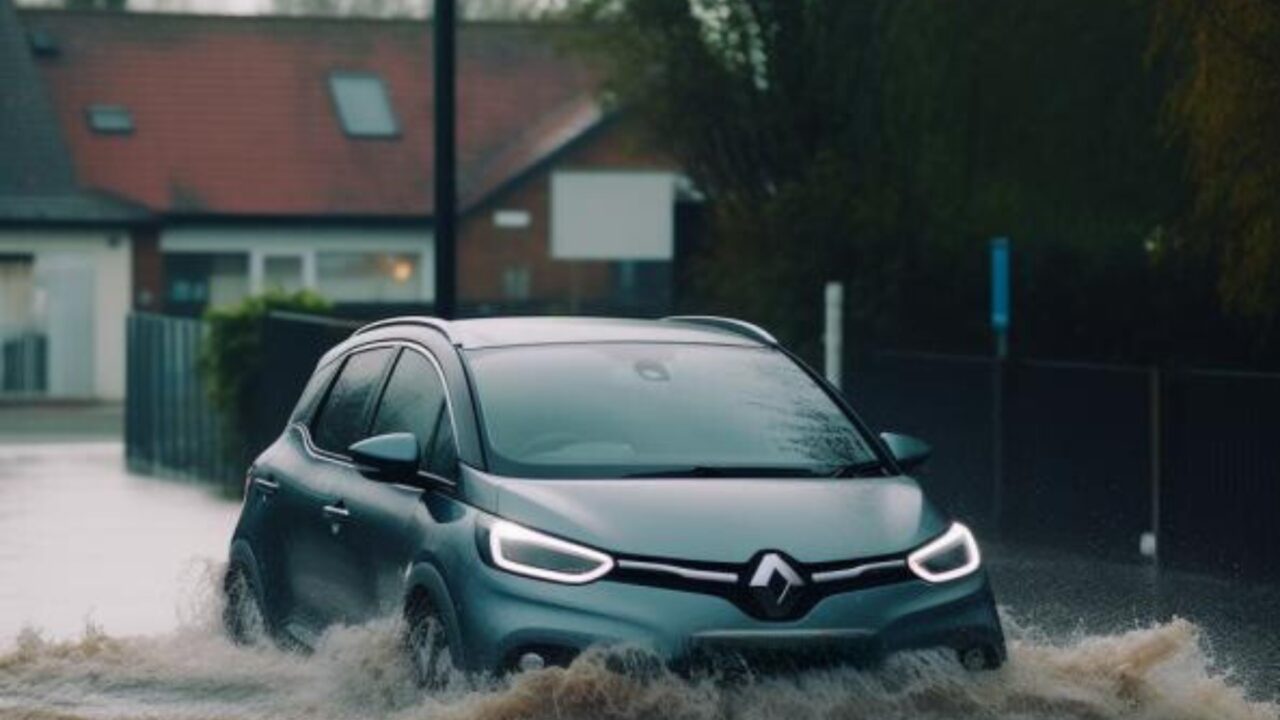
Stay Informed of the Weather Conditions
Keep abreast of weather forecasts and road advisories. Knowing what to expect can help you make safer travel decisions.
Ensure Driving Visibility
With earlier nights and adverse weather conditions, visibility is key. Regularly check your lights and wipers to ensure they’re functioning correctly.
Remember, fog and hazard lights are often overlooked, so test them periodically. Keep wiper fluid topped up, adding a bit of antifreeze for extra measure. This simple step can greatly improve visibility and safety.
Watch Your Speed and Stopping Distances
Winter conditions significantly affect stopping distances and rain can double it, with ice increasing stopping distances tenfold. Adapt your speed accordingly and maintain a safe distance from the vehicle ahead, for your safety, and also that of others on the road.
You can extend the normal 2-second gap to ten seconds, depending on the conditions
Be Extra Cautious on Icy Roads
Black ice is a major hazard in cold weather. If you encounter it, avoid panic braking as this will just continue the slide. Instead, gently steer in the direction you want to go whilst trying to keep your wheels turning to maintain any grip.
Sudden movements can worsen the situation, so staying calm and controlled and keeping both hands on the wheel is crucial. Familiarise yourself with the correct procedure to control skids and drive in a higher gear than normal in snow or ice to keep any acceleration less sudden. You can also take a winter driving course to help you learn these skills.
Use “Car Hacks”’ with Caution
Social media is rife with winter driving hacks. While some may seem convenient, they can be misleading or even harmful to your vehicle. Always validate these hacks before trying them out. Remember, some damage caused by unverified hacks might not be covered by your insurance.
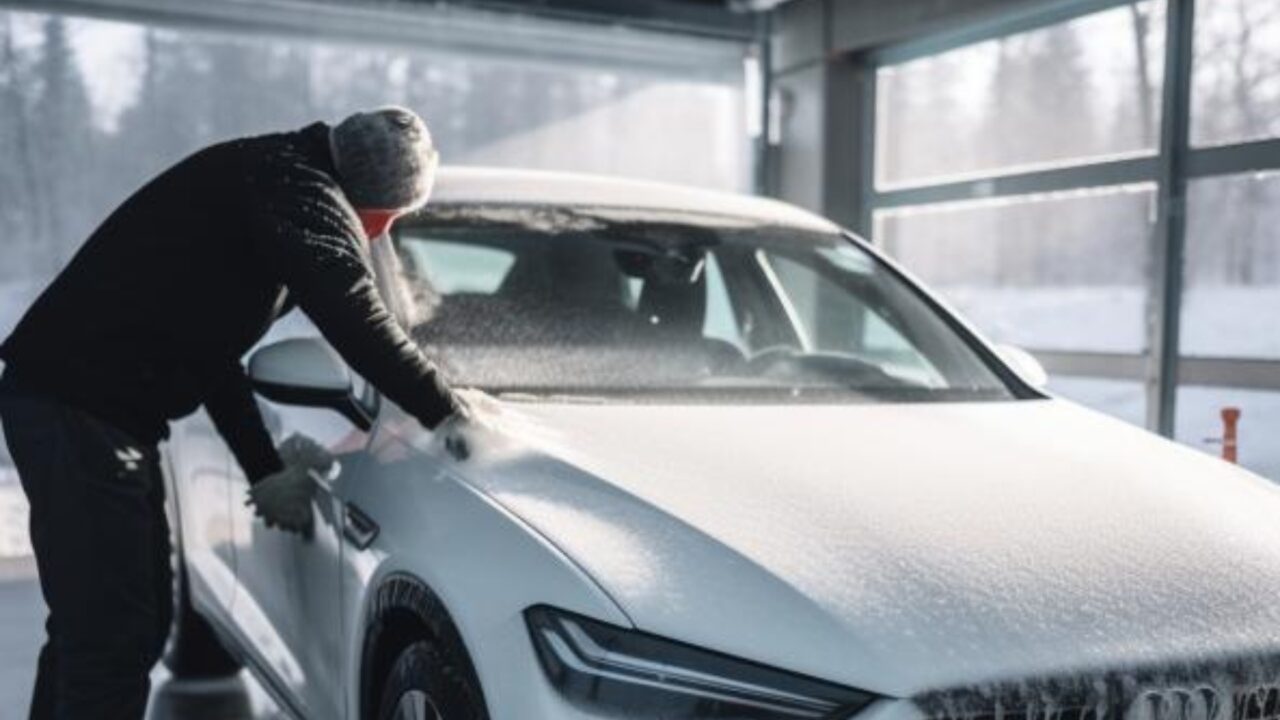
Keep an Emergency Kit in the Boot
Prepare for the unexpected by keeping an emergency kit in your car. Include essentials like an in-car phone charger, policy documents, a thermal blanket, hand warmers, paper maps, torches with spare batteries or power banks, a high visibility vest, jump cables, screenwash, de-icer, an ice scraper, water, snacks, and warning triangles.
This kit can be a lifesaver in case of breakdowns or prolonged delays.
Dress Appropriately for the Weather
Keep warm clothing and footwear in the car in case of any breakdown. Being comfortable and able to move freely is important if you need to step out in cold conditions.
By being aware of these common winter driving tips, you can keep safe when driving your electric car and navigate more safely and confidently, avoiding costly fines and points on the way.
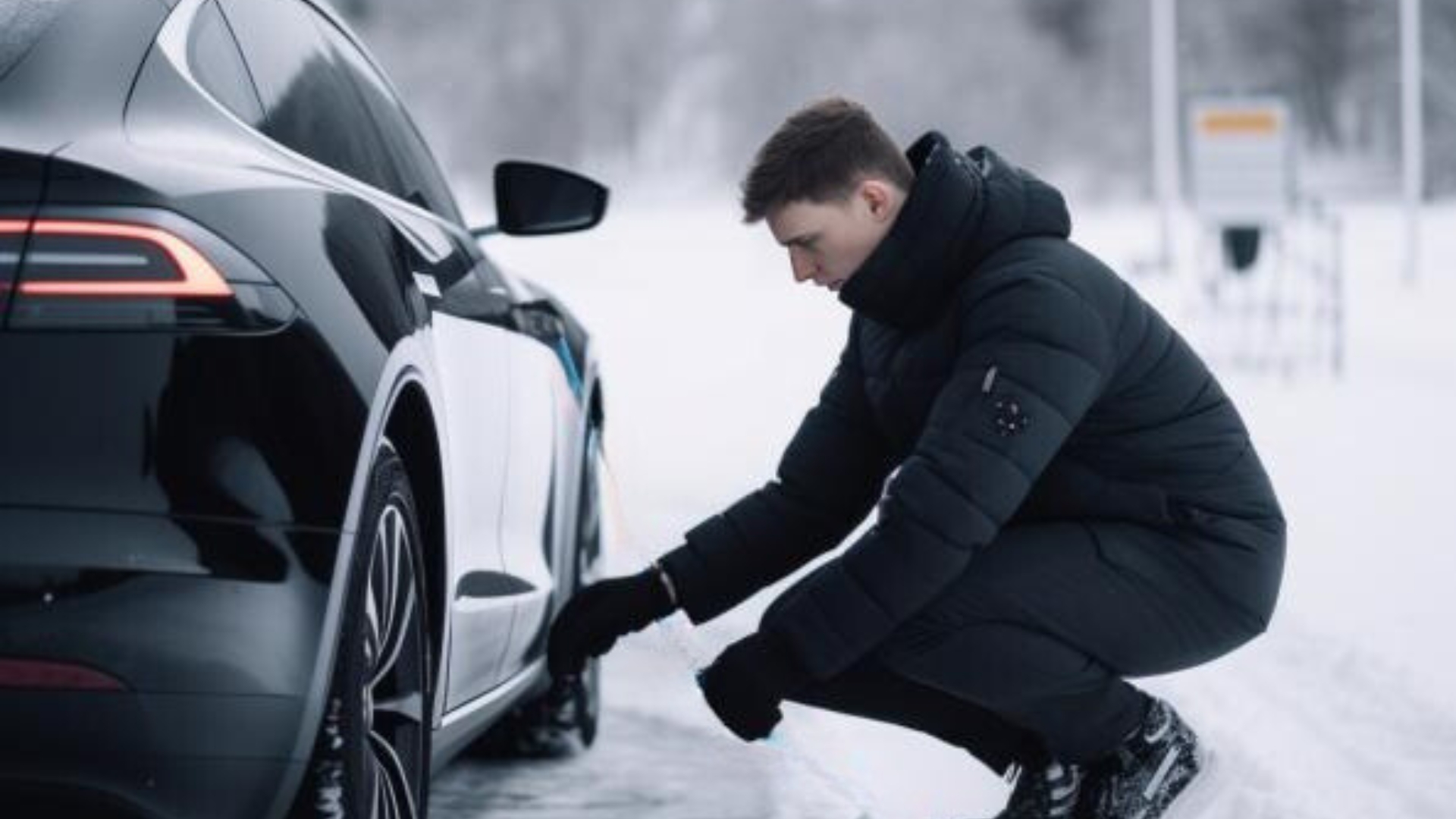
2 thoughts on “Essential Tips for Safe Winter EV Driving”
Comments are closed.